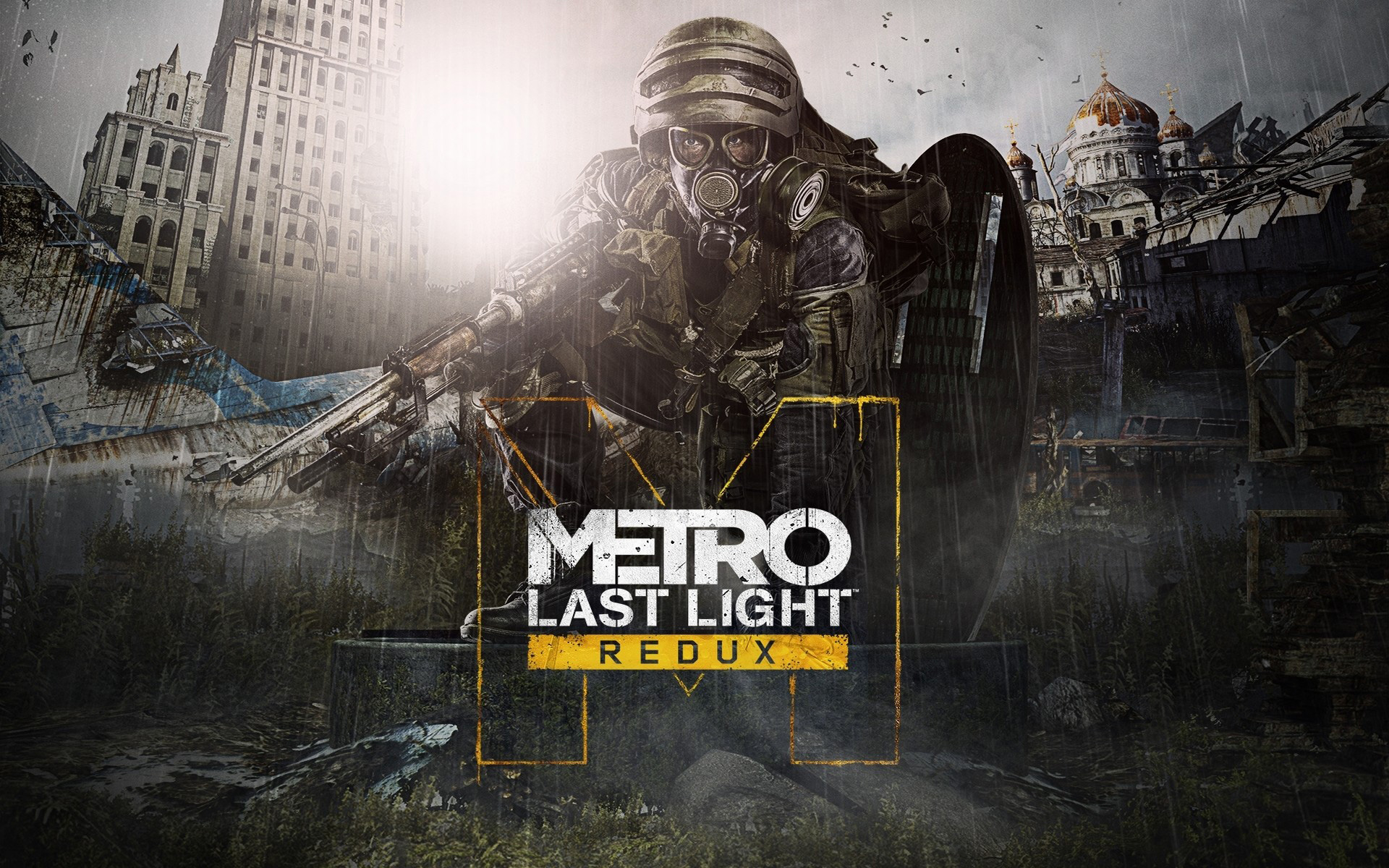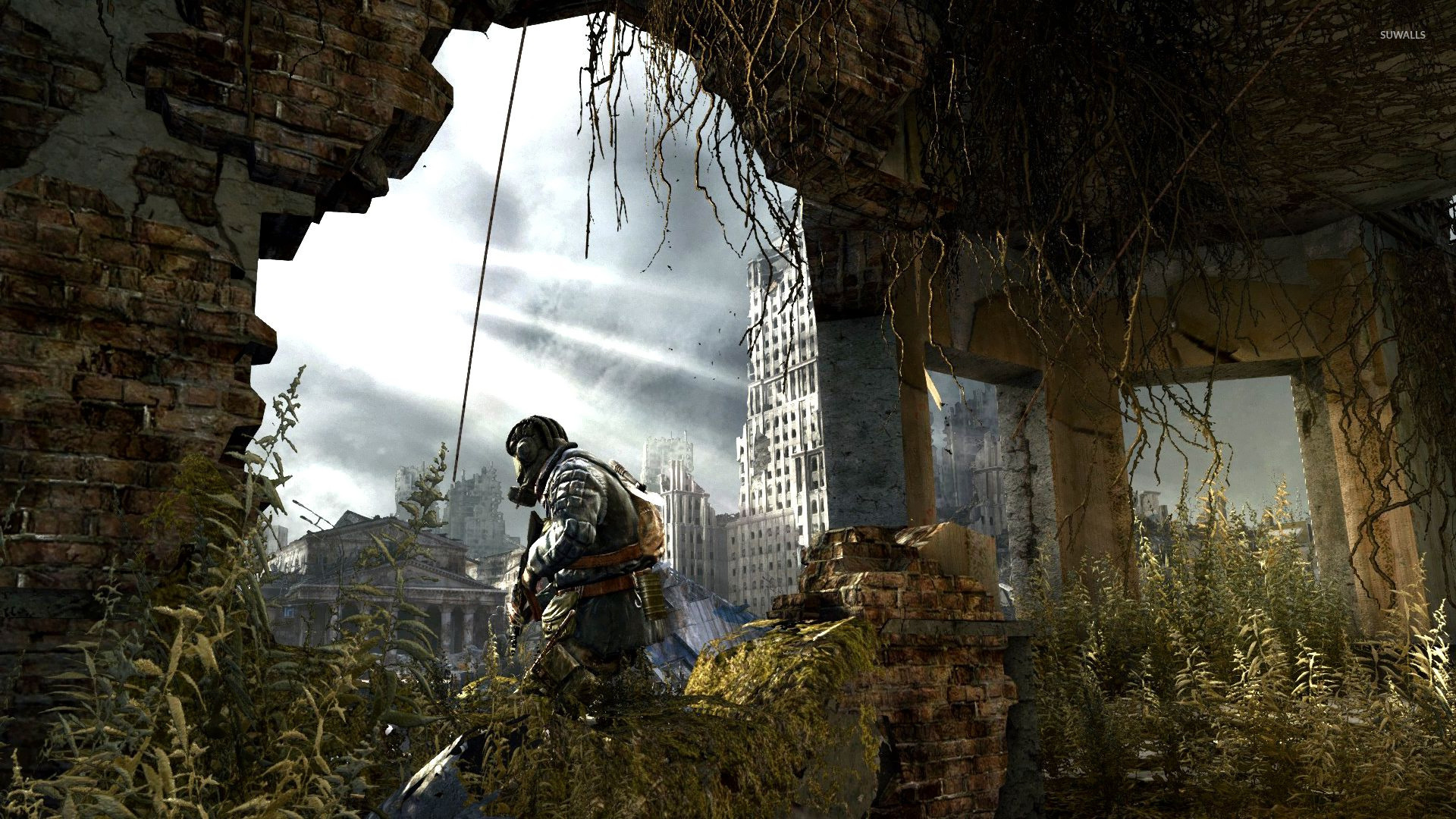

Most try to coexist, but a few look to expand and dominate. The Metro survivors live in factional enclaves. Artyom’s abilities earn him the task of investigating a Dark One sighting, but he soon finds himself caught in the middle of a looming war. The second game picks up one year after the end of Metro 2033. Artyom’s immunity is crucial to the story in both games, but the payoff and explanation for why was saved for Last Light.

Metro-dwelling survivors see the Dark Ones as monsters that must be destroyed, but there’s a deeper truth here. Most people experience convulsions, pain, hallucinations, and even madness in the presence of a Dark One, Artyom alone is immune. The story plays out like a well paced novel, with pieces introduced in 2033 finally coming to fruition in this game.You play once again as Artyom: a young man who still remembers what it was like before the fires destroyed our world, but who is now very much a native of the Metro. The threats come from inside as well as out, with in-fighting responsible for almost as many deaths as the mutants that are now vying for control of the planet. Every day is a struggle, and the harsh realities of this deadly world are now taken for granted as people try to adapt. There is no promise of a better tomorrow, and you won’t find many wacky or comedic off-kilter characters livening things up as you do in most post-apocalyptic games. Nuclear winter dominates the Earth, and a handful of isolated humans try to survive in the remnants of the subway system beneath the ruins of a poisoned Moscow. You don’t necessarily need to play one to enjoy the other, but the story feels much more complete if you have, so it is recommended. The differences between Last Light and 2033 are ultimately minor, however. Settings are more colorful and feature more variety, graphics are greatly improved (especially on PC), and the story is deeper and arguably more coherent than it was before. If you enjoyed the previous game you will find the changes to be minor, but for the best. The game is exceedingly linear, which is fine for the story but curtails the game’s length. Faulty and often simple-minded enemy AI also breaks the tension at times. You never get hungry or thirsty either, despite the realistic difficulties this would cause. Surface radiation is used more as a plot contrivance than as the ever-present specter of death in real life. Where the previous game took awhile to get going, Last Light throws you right in.This is a more mature and sophisticated story, though it’s one that admittedly makes some compromises in the service of delivering a better game. It was and still is a divisive game, with some people liking the setting and the world, while others noted that it lacked punch. It had a few problems, technically and conceptually, but the finished work delivered an original story and a few gameplay tricks no one had seen before. The first game, Metro 2033, offered a fresh look at a dystopian future in which Russian survivors of a nuclear apocalypse managed to carve out a new existence in below-ground subway tunnels. In that, the series’ two games are unlike most other mainstream releases.

In Metro, the world’s end is an ongoing process, and your play is wrapped around humanity’s fierce fight to hang on. Life as people knew it is over, and a harsh existence is now in its place. In franchises like Fallout or id Software’s Rage, the world is your playground. Post-apocalyptic settings aren’t new to video games, but few delve into the darkness of the end times scenario quite like Metro. Just look at the pervasive sense of gloom in Metro 2033 and its newly released follow-up, Metro: Last Light, both based on the universe created by Russian author Dmitry Glukhovsky. Not always, of course just like any other culture, they can be warm and optimistic as well, but Russians do bleak very well in their fiction.

The Ranger difficulty is only available for purchase The AI is dumb to the point of often feeling broken


 0 kommentar(er)
0 kommentar(er)
